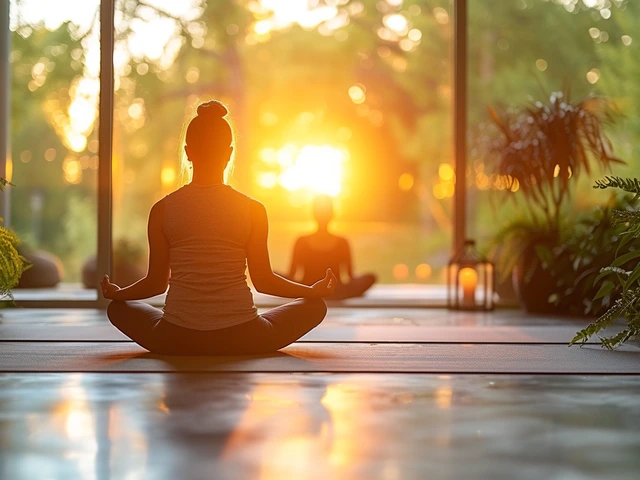Benefits of Ayurvedic Massage
Ayurvedic massage uses warm oil, gentle long strokes, and targeted pressure to calm the nervous system and support circulation. It’s a simple, hands-on way to ease tension, improve digestion, and boost sleep quality for people — and adapted gently, it helps dogs too.
Here are the real benefits you can expect from regular Ayurvedic massage.
Better circulation: slow strokes plus warm oil open blood flow and help oxygen reach tight muscles. Less stress: massage lowers the stress response, easing anxiety and calming the mind. Improved digestion: abdominal techniques stimulate the gut, helping digestion and reducing bloating. Joint and muscle relief: focused pressure loosens knots, increases range of motion, and speeds recovery. Skin and coat health: oil nourishes skin, removes dead cells, and leaves fur softer and shinier. Immune support: improved circulation and lymph flow help the body clear toxins faster.
How Ayurvedic Massage Helps Dogs
Dogs relax quickly with slow, rhythmic strokes; those strokes ease sore muscles, settle nervous dogs, and help older pets move with less stiffness. Using warm, dog-safe oils like plain coconut or fractionated coconut oil adds slip and skin benefits without harmful ingredients. Avoid essential oils that are toxic to pets and always test a small skin area first.
Simple Techniques and Safety Tips
Start short: five to ten minutes per session works for most dogs and builds trust. Warm the oil in your hands, use long strokes along the body, gentle circular motions on the abdomen, and light pressure on joints. Watch the dog’s signals: relaxed breathing, soft eyes, and wagging mean you’re on the right track; stiffening, lip licking, or pulling away mean stop and try less pressure. If your dog has skin issues, recent surgery, or chronic pain, check with your vet before starting.
Try weekly sessions and watch for clearer sleep, softer coat, and easier movement and better mood. This tag gathers related reads on massage, myofascial work, and relaxation to help you build a simple routine.
Quick 5-minute routine: warm a teaspoon of coconut oil, rub it between your palms, and begin with slow strokes from the neck down the back to the base of the tail. Spend about a minute on the shoulders with soft circular movements, one minute on the lower back, then finish with gentle long strokes along each flank. If your dog likes paw rubs, cradle each paw and squeeze lightly between thumb and forefinger for ten to fifteen seconds. End with calm praise and a slow pet so they link massage with positive attention.
Longer 15-minute routine adds focused joint work, gentle myofascial-style stretches, and abdominal massage to help digestive issues. Use your fingertips to make small circles around hips and shoulders, avoiding direct pressure on the spine; move slowly and watch for any discomfort. For older or arthritic dogs, keep pressure light, focus on increasing blood flow, and stop if a joint feels hot or the dog pulls away. Short daily sessions build trust and show steady gains in mobility faster than occasional long sessions. If unsure, a certified canine massage therapist can teach safe, simple moves today.

Ayurvedic Massage Benefits: Healing for Body and Mind Explained
Curious about Ayurvedic massage? Learn how this ancient therapy nurtures your body, quiets your mind, and supports natural healing with practical tips and real-world insights.

10 Things You Didn't Know About Hammam
Sep, 7 2023



